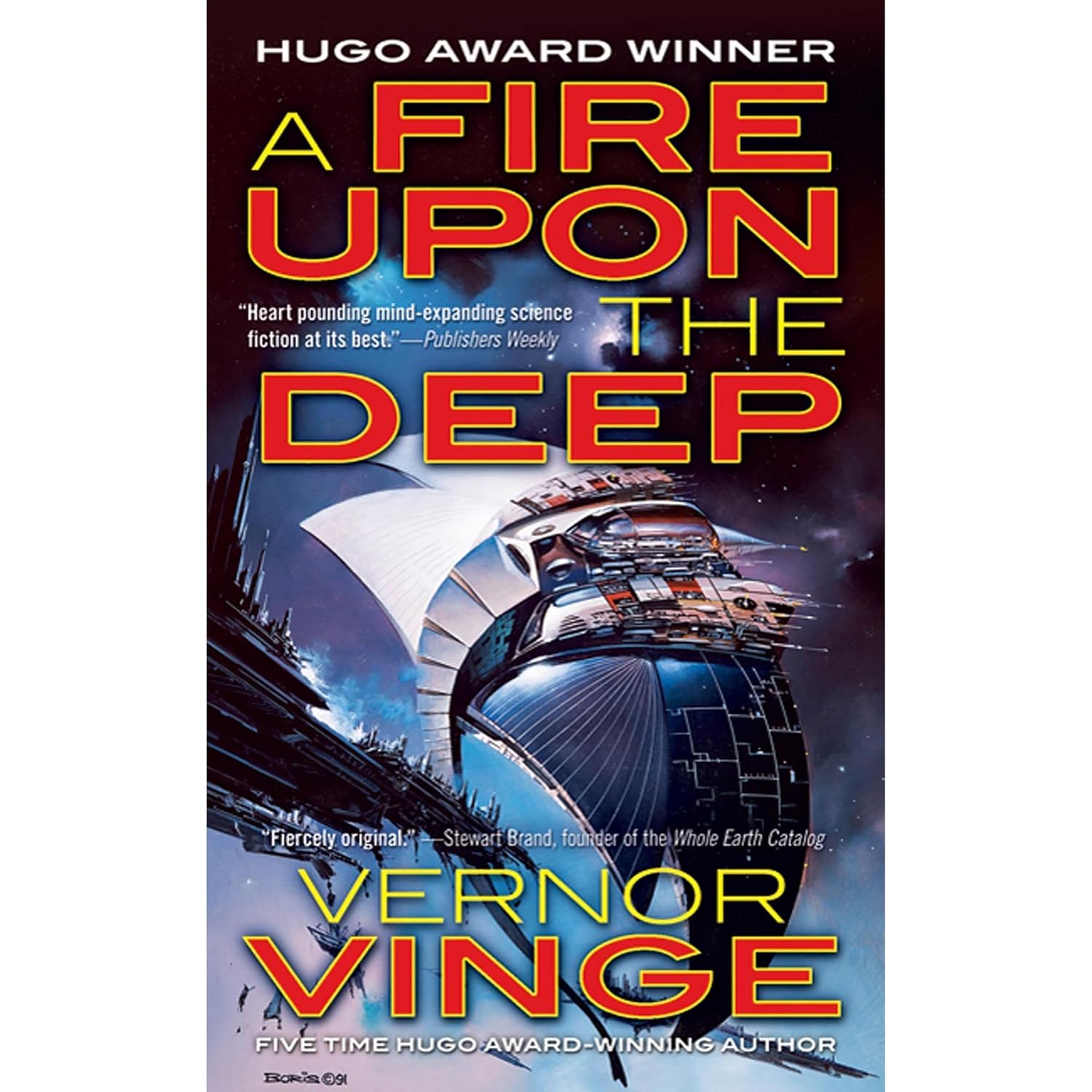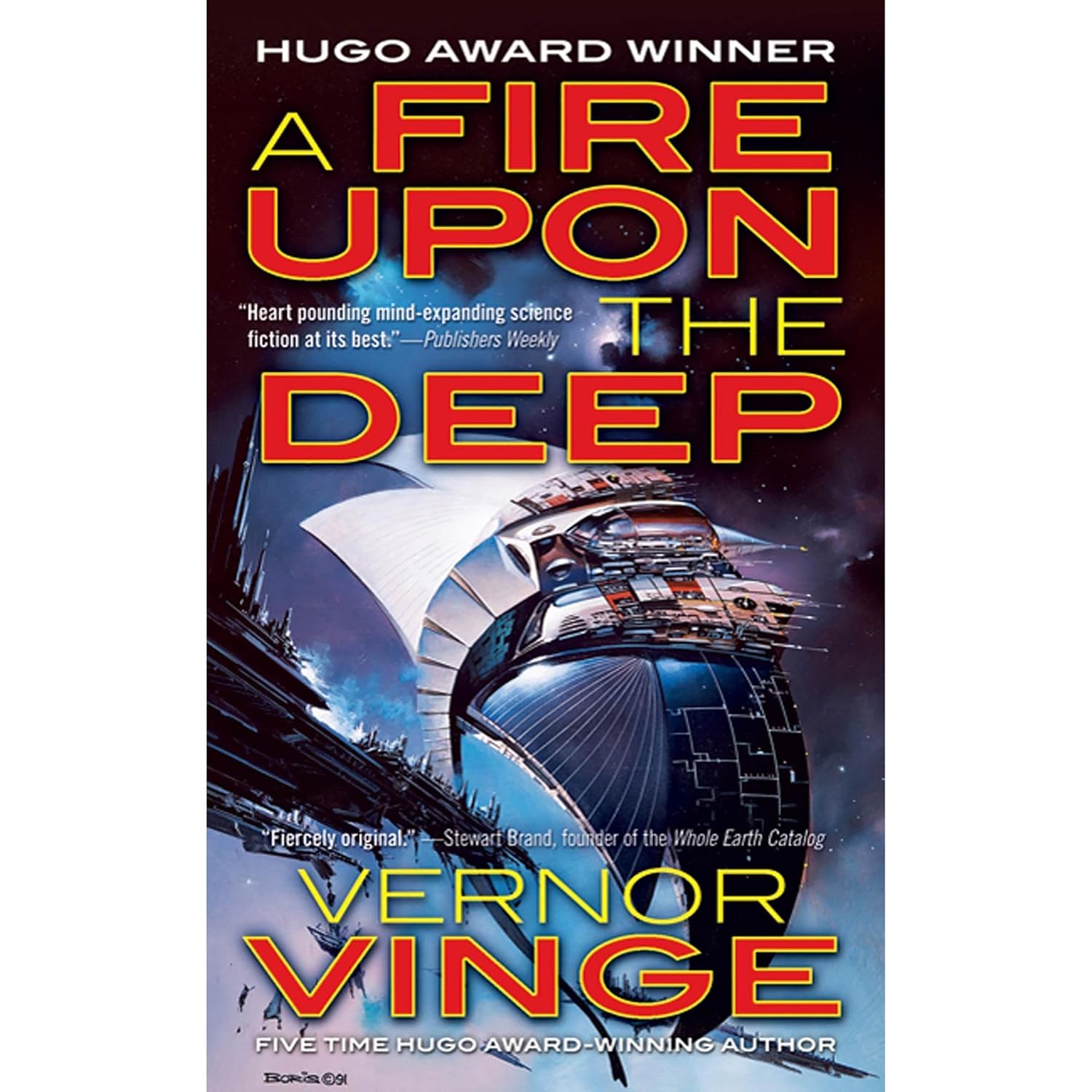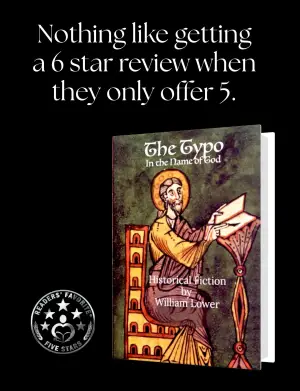Review of A Fire Upon the Deep by Vernor Vinge
As an avid science fiction reader, I’m always on the lookout for books that transport me into vast, imaginative universes. A Fire Upon the Deep, a title that has garnered critical acclaim, particularly intrigued me due to its ambitious scope and the concept of "zones of thought" where intelligence varies based on location in space. I dove in hoping for a blend of compelling characters and intricate world-building, and I can confidently say it mostly delivered.
The book spans nearly 600 pages, immersing us in a gripping tale of galactic war. Vinge explores various races, from the superintelligent entities in the Transcend to the simplistic beings in the Unthinking Depths. This division of space leads to fascinating dynamics within the plot, especially as characters wrestle with the reality of their individual and collective intellects. I appreciated how this sci-fi premise transcended mere storytelling to engage with profound questions about consciousness and intelligence.
One of the standout elements for me was the characterization of the Tines, an alien race with a unique pack intelligence. The idea that these dog-like creatures achieve consciousness only when in groups offers a rich canvas for discussing self-awareness and communal consciousness. Dana’s review resonated with me, as she highlighted the newness of these concepts and how Vinge masterfully explores them, allowing us to ponder their societal implications. Vinge’s imagination shines through in these alien civilizations, blending science fiction with philosophical musings that kept me intellectually engaged.
However, while I found many aspects of the book excellent, I can’t overlook some of its shortcomings. Several reviewers noted that parts of the narrative drag, and I have to agree. As Critic’s Corner pointed out, certain sections related to the Tines’ world felt excessively detailed, making the pace sluggish. At times, I found myself yearning for the plot to pick up momentum, particularly in the middle sections where the interplay between different threads of action didn’t always mesh smoothly.
Additionally, while Vinge’s prose is commendable, I can see why some readers found it challenging. The world-building is intricate, with a plethora of new concepts and terms introduced without thorough explanation. This created moments of confusion for me. As another reviewer mentioned, navigating the unique vocabulary took time, which slowed down my reading experience in some sections.
The official description of the book correctly notes that it begins with the unleashing of a malignant force known as "the Blight," which becomes a central catalyst for the unfolding events. This setting not only provides a sense of urgency but also raises the stakes for the characters involved in the rescue mission of the children. While this initial premise captivated me, the development and resolution of this conflict felt somewhat anticlimactic, leaving me with mixed feelings about the ending.
Despite these drawbacks, I found A Fire Upon the Deep to be a rewarding reading experience. The innovative ideas and the rich universe Vinge created kept me engaged, even when the pacing faltered. The depth of the characters, especially the Tines, provided emotional stakes that contrasted sharply with the cosmic scale of the conflict.
In conclusion, I would recommend A Fire Upon the Deep to any science fiction enthusiast ready to delve into a thought-provoking narrative woven with intricate world-building. While the book has its pacing issues and moments of complexity that may challenge readers, its imaginative concepts and character explorations offer sufficient reward to make the journey worthwhile. If you’re willing to invest the time to fully absorb the storyline, I think you’ll find it a fascinating addition to your science fiction repertoire. Overall, I give it a solid 4.5 stars—definitely worth it for those who enjoy a blend of intellectual depth and cosmic adventure.








